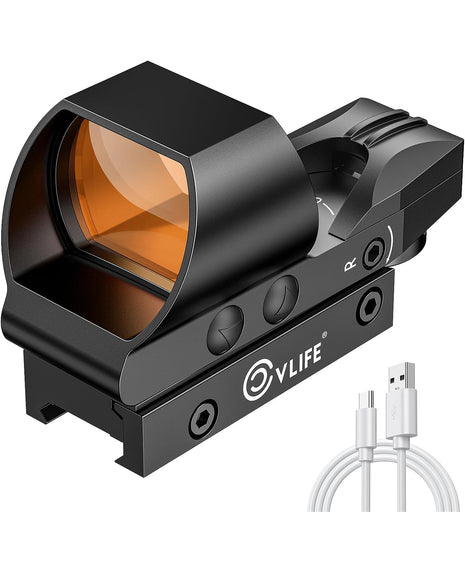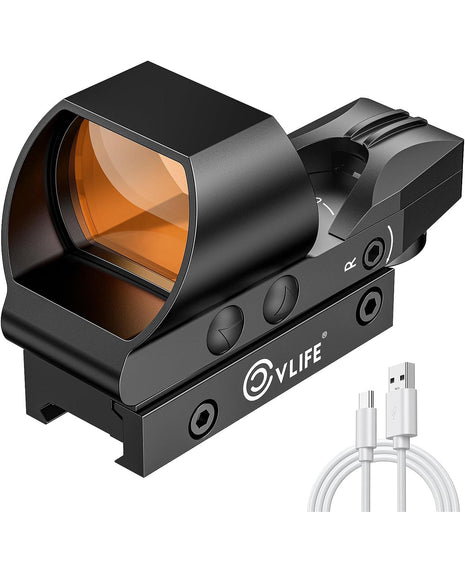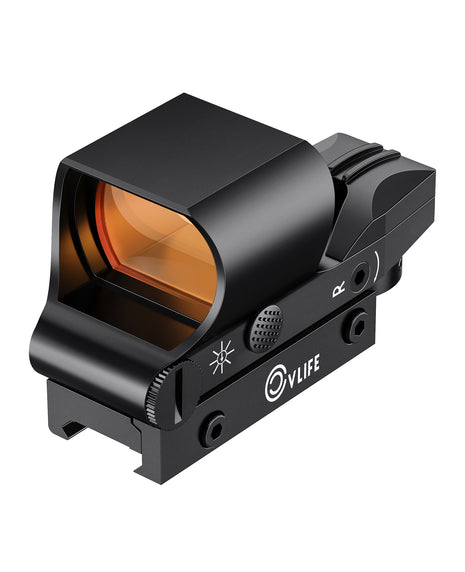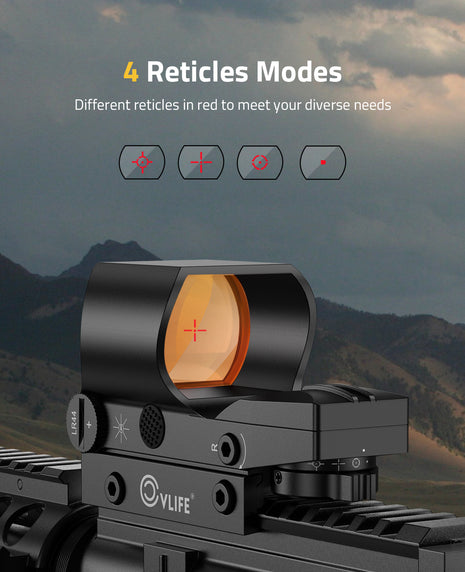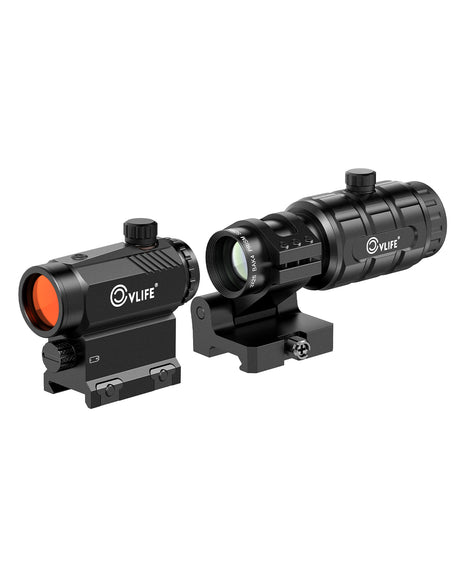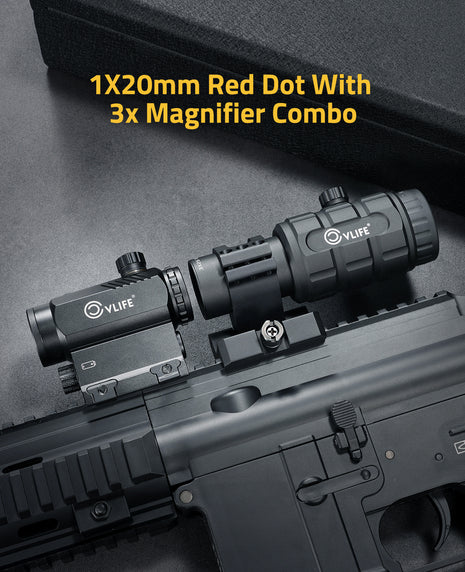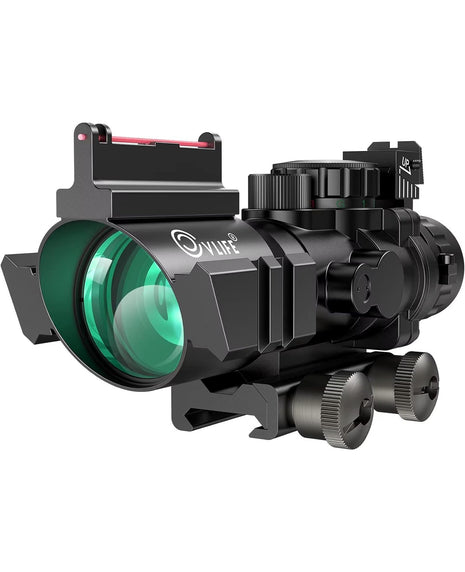How to Choose a Bipod for Your Rifle
- 3 min reading time

Bipods are useful tools for stabilizing your firearm and providing a steady shooting platform in almost any environment. You can use a bipod to rest your rifle on objects like the ground, a wall, rocks, trees, etc. This will reduce stress and fatigue from holding your rifle, all while providing a more stable and accurate platform to shoot from. This guide will break down the various features, materials, and mounting options of bipods to assist you in buying the best rifle bipod for your needs.
Interchangeable Feet(Including Pads)
Some bipods also have interchangeable feet. The feet of a bipod are much like the tires on a car; they are your only point of contact with the environment you will be using them in. They can vary in style and material, such as rubber, aluminum, and polymer, and even feature designs like spiked feet to dig into the ground once the bipod is deployed. Different materials and designs work better on certain surfaces. Not every bipod has this ability, but it is very useful if you shoot from a variety of different surfaces.

Adjustable Height for Bipods
Having adjustable legs on your bipod is very important and is found on most bipods on the market today. Being able to adjust the height of the bipod legs will assist in setting the correct size for your rifle in relation to the position of your body. The manufacturer will typically provide a range of adjustability measured from the feet of the bipod to the mounting surface of the bipod.
Most bipods will offer the ability to lock the legs in a certain position in order to prevent the legs from dropping in height suddenly or moving when you don’t want them to. Besides just being able to adjust the height, bipods can also offer the ability to change the angle of the legs. A common angle for bipods is 45 degrees in which the legs of the bipod, when deployed, create a 45-degree angle from the fulcrum, or base of the legs, to the feet. Some bipods can allow for adjustment of this angle, or you can purchase bipods with a fixed angle.
Ways of Mounting
There are many ways to mount a bipod to your rifle. Many will use a sling swivel stud style mount that is designed to attach to the sling stud of a rifle and sit flush with the forearm of the stock. Another common method for mounting a bipod is via a Picatinny rail. These will simply clamp to any standard Picatinny rail system on a rifle. M-LOK and Keymod bipods are designed to attach directly to M-LOK or Keymod slots. Direct mounting maintains a lower profile package and is often more stable.

Summaries
When selecting the right bipod for your rifle, try to choose the mounting option that lets you attach the bipod directly to your rifle. I would then recommend understanding the environment and terrain you expect to use your bipod in to determine what height and features you require. The ability to swivel and pivot may not be needed for someone who only likes to target shoot at a dedicated range, while someone who hunts may want both features as terrain and movement of their targets can change. Having a bipod that offers a lot of flexibility won’t limit you from shooting in the prone position or having to set the bipod on an elevated surface. There isn’t a perfect bipod for all situations, so selecting a high-quality bipod for a specific use or several uses is going to give you the best result.

